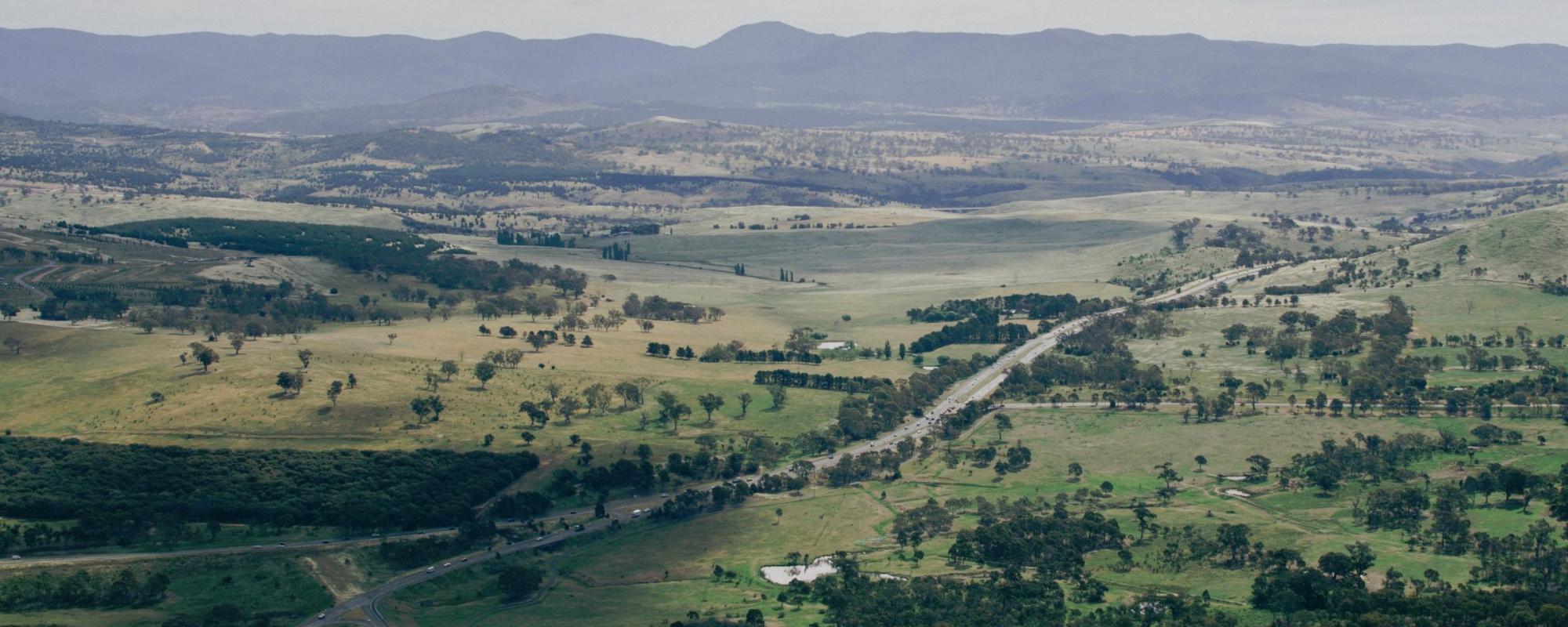The concept of ‘the cadastre’ is either unknown or not understood by the population at large. It is, however, a vital tool used by professionals involved in land and land‑related dealings.
In plain English, a cadastre is an official register showing details of ownership, boundaries and the value of real property in a district, made for taxation purposes (Collins English Dictionary 1979).
A cadastral map displays how boundaries subdivide land into units of ownership.
The cadastre is used as the foundation for dealings in:
- Land valuation and taxation
- Land registration and land transfers
- Land use planning
- Sustainable development and environmental protection
- Mapping
- Management of leases and licences
- Electoral boundary determination and
- Other land-based administrative purposes
Digital Cadastral DataBases (DCDBs) are modern versions of ‘the cadastre’ and provide spatial views of land parcels. Although based on paper plans, records and maps, DCDB information has been digitised to deliver maps that show digital coordinates of land parcels, as well as a great deal of supplementary information related to the land.

